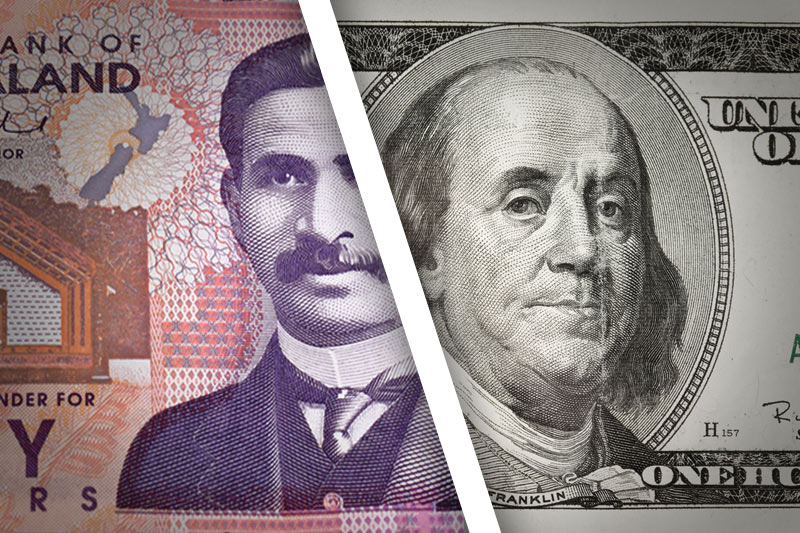Investing.com - The New Zealand dollar rose against its U.S. counterpart on Tuesday, easing off a four-day low as market sentiment remained supported by recent easing announcements by the European Central Bank and the Federal Reserve, although Spanish debt concerns capped gains.
NZD/USD hit 0.8284 during late Asian trade, the daily high; the pair subsequently consolidated at 0.8278, adding 0.19%.
The pair was likely to find support at 0.8198, the low of September 13 and resistance at 0.8353, the high of September 14 and a six-month high.
Sentiment slightly weakened amid concerns over the worsening of Spain's financial crisis, as the yield on Spanish 10-year government bonds rose to 5.96%, hovering close to the 6% threshold, widely seen as unsustainable in the long term.
Spain's government faced protests over the weekend against public spending cuts, even as Madrid told its European partners that its next steps to overhaul the economy would avoid further cuts in public spending.
But the risk-related kiwi remained supported by optimism that the ECB's new bond buying programme could help Spain survive its debt crisis.
Meanwhile, the greenback's gains were limited after the Fed announced last week that it would buy USD40 billion of mortgage-backed securities every month and that short-term interest rates will most likely stay at record low levels through at least mid-2015.
The kiwi was higher against the Australian dollar with AUD/NZD dropping 0.45%, to hit 1.2623.
Also Tuesday, Reserve Bank of Australia policymakers acknowledged that Australia's economic growth was still at trend, but added that the decline in commodity prices and the slowdown in Chinese growth have weighed on the pace of recovery.
In the minutes of the RBA's September policy meeting, the bank also said that previous rate cuts have been effective and affirmed that further easing would be implemented if the economic conditions worsen.
Later in the day, the U.S. was to release official data on the current account, as well as a report on the balance of domestic and foreign investment in long-term securities.
NZD/USD hit 0.8284 during late Asian trade, the daily high; the pair subsequently consolidated at 0.8278, adding 0.19%.
The pair was likely to find support at 0.8198, the low of September 13 and resistance at 0.8353, the high of September 14 and a six-month high.
Sentiment slightly weakened amid concerns over the worsening of Spain's financial crisis, as the yield on Spanish 10-year government bonds rose to 5.96%, hovering close to the 6% threshold, widely seen as unsustainable in the long term.
Spain's government faced protests over the weekend against public spending cuts, even as Madrid told its European partners that its next steps to overhaul the economy would avoid further cuts in public spending.
But the risk-related kiwi remained supported by optimism that the ECB's new bond buying programme could help Spain survive its debt crisis.
Meanwhile, the greenback's gains were limited after the Fed announced last week that it would buy USD40 billion of mortgage-backed securities every month and that short-term interest rates will most likely stay at record low levels through at least mid-2015.
The kiwi was higher against the Australian dollar with AUD/NZD dropping 0.45%, to hit 1.2623.
Also Tuesday, Reserve Bank of Australia policymakers acknowledged that Australia's economic growth was still at trend, but added that the decline in commodity prices and the slowdown in Chinese growth have weighed on the pace of recovery.
In the minutes of the RBA's September policy meeting, the bank also said that previous rate cuts have been effective and affirmed that further easing would be implemented if the economic conditions worsen.
Later in the day, the U.S. was to release official data on the current account, as well as a report on the balance of domestic and foreign investment in long-term securities.
